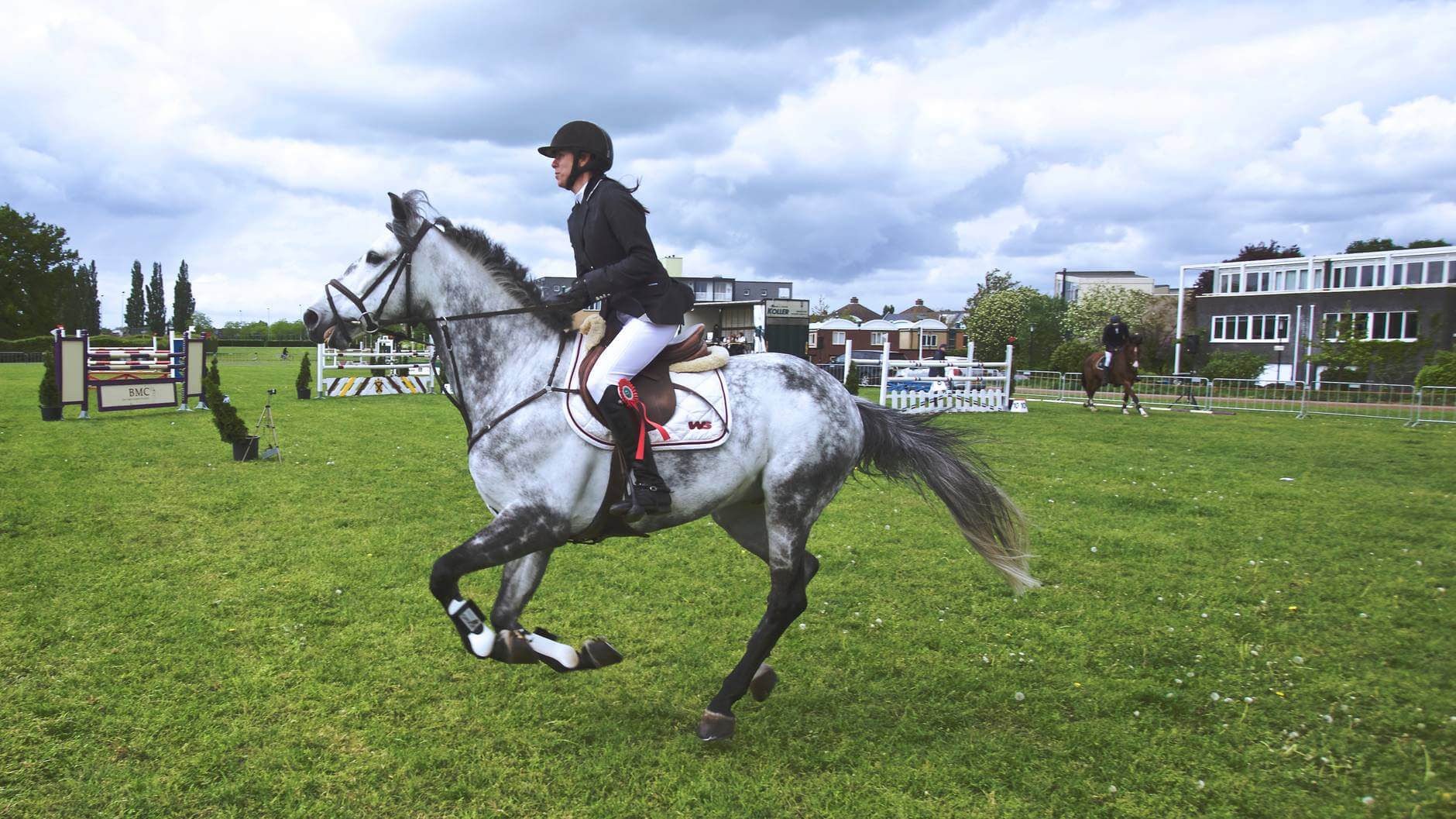Why Safety Matters For Every Equestrian
Horses have long been used as a means of transportation. They have played important roles since the early history of mankind. The history of equestrian sports can be traced back to as early as 680 BC in the form of chariot races in ancient Olympic games. In modern history, equestrian sports became part of the official Olympic Games sports in the 1900s. While horseback riding or equestrianism is exciting and adrenaline-pumping, there are also inherent dangers that come with the activity. Risks of falling, head injury, and bodily harm present, which is why we discuss in further detail here why safety matters for every equestrian.

Danger Comes with Power and Speed
Horses are large and powerful animals that are capable of remarkable speed and power. They weigh at least 1,000 pounds, they can reach 6 feet tall or more and they have the capacity for reaching 35 miles-per-hour running speed. Most injuries happen during recreational riding, but they also happen in sporting events. The most common injuries associated with falling off a horse are concussions, fractures, bruises and abrasions, and internal injuries. Even when you are on the ground and near a horse, there is a possibility of being kicked, stepped on, or bumped by a horse. More importantly, being thrown off a horse carries the risk of severe injuries in the head, neck, and spine.
Safety Gears are Important
Whether you are a professional equestrian, an equine enthusiast, or an occasional horseback rider, wearing protective gear is a good practice that can save your life. The practice of wearing riding hats is among the most overlooked measures, especially during recreational or practice horseback rides. Remember that horses can be easily frightened and will react accordingly. Anything can happen whether you ride a horse for leisure, practice, or competition.
Closed shoes or riding boots should be worn to protect your feet if ever a horse steps on it. They also prevent the danger of your foot slipping through the stirrup and getting snagged. Gloves are also important to have a firmer grip on the reins, especially if you have sweaty hands. Proper attire like long pants or jeans and tucked in shirts should also be worn to prevent slipping or being snagged in the saddle.
Pre-ride Precautions Can Keep You Safe
A preventive approach that can prevent horseback riding accidents is to inspect the riding areas regularly prior to riding the horse. This is important to ensure that there are no dangerous terrains, animals, or objects that can cause accidents during the ride.
Equipment checks should also be done, particularly the proper fitting and wearing of saddles and reins. Another important precaution you need to conduct is on the rider or yourself if you are the one riding – do not drink alcohol or use drugs when riding or working with horses.
Practicing Safe Approach Can Save Your Life
As mentioned earlier, horses can be easily spooked and will react violently, which causes most of the horse-related injuries. Be informed about the dangers associated with frightened horses and acquire knowledge and training to prevent such events or safely escape from dangerous situations. As a precaution, avoid sudden or unexpected movements, making loud or sudden noises, prevent the approach of other animals or insects and avoid camera flashes.

When you practice safety measures in all your horse rides, you are saving yourself from injuries. Horses can be reliable and enjoyable to ride if you keep safety first in mind. Sharing is caring, so share the safety knowledge you gained in handling horses to new horse riders and help spread the awareness of safety measures and defensive horseback riding.
839GYLCCC1992




Leave a Reply